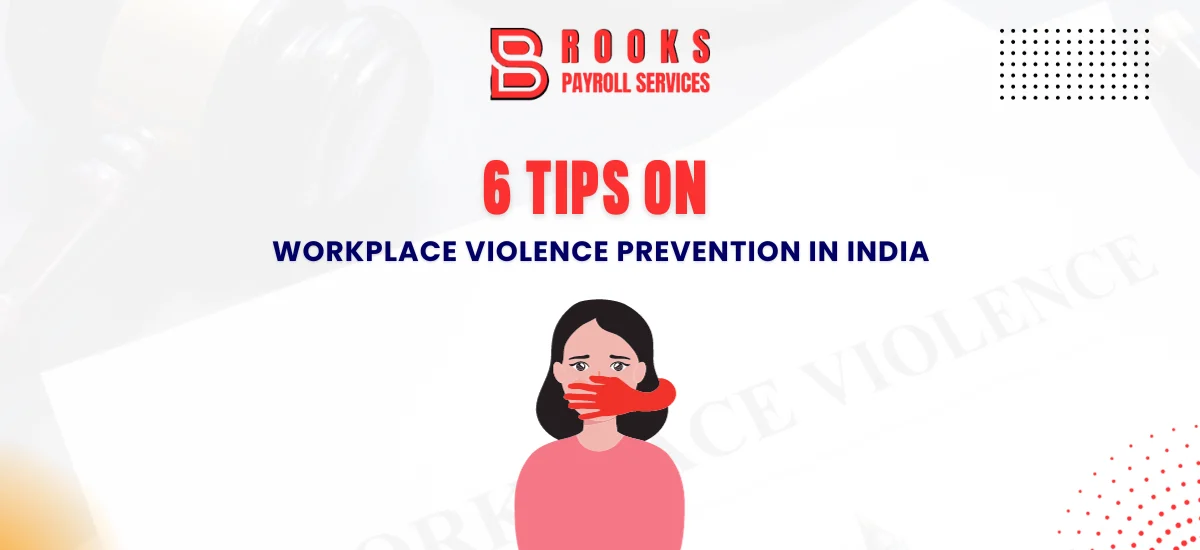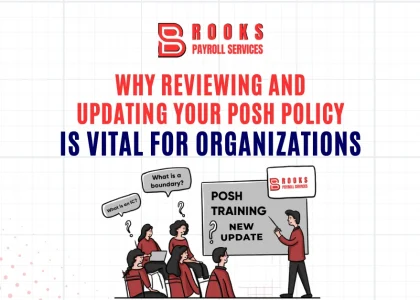Regrettably, instances of workplace aggression persist as a grave transgression in numerous Indian workspaces. Contrary to common perception associating workplace aggression with female employees, men, too, find themselves subjected to bullying from superiors, peers, clients, or customers.
These targeted individuals often grapple with an array of mental challenges, encompassing depression, diminished alertness, and insomnia, among others. In severe cases, such hostility can even propel individuals towards suicidal tendencies. Thus, the imperative lies in averting workplace aggression at any cost.
Apart from detrimentally affecting the victim, workplace aggression tarnishes an organization’s standing. Consequently, employers must institute robust safeguards to proactively prevent and address such occurrences. This article delves into understanding the diverse manifestations of workplace aggression, the associated risk factors, and furnishes six recommendations for its prevention.
Decoding ‘Workplace Aggression
The term ‘workplace aggression’ encompasses any forceful and hostile act perpetrated against a working individual engaged in their official responsibilities. The spectrum of such acts spans minor transgressions like stalking, verbal abuse, and threats to more egregious offenses, including rape, physical assault, harassment, and even attempted murder.
Though workplace aggression lacks a defined classification, any act of violence against an employee’s health and well-being during their work is typically categorized as such. The Vishakha judgment of August 13, 1997, holds particular significance for the Indian workforce, establishing the ‘Vishakha Guidelines.’ These guidelines mandate every employer to uphold the security of female employees, outlining measures against all forms of workplace aggression, especially defining ‘sexual harassment at the workplace.’ The 2013 Sexual Harassment of Women at Workplace (Prevention, Prohibition, and Redressal) Act, commonly known as the PoSH Act, succeeded these guidelines. The PoSH Act necessitates companies to formulate comprehensive anti-sexual harassment policies, encompassing awareness training and delineating repercussions for such conduct.
Categories of Workplace Aggression Based on Risk Factors
Workplace aggression can be categorized into four distinct types, contingent on the nature of the act and the perpetrator:
Criminal Intent: This occurs when the violent act is perpetrated by someone external to the company, constituting an illegal act on company premises.
Client or Customer: Violence stemming from issues between a client or customer and an employee, escalating to physical harm, falls under this category.
Worker on Worker: Instances where an employee attacks a colleague, potentially jeopardizing the entire organization.
Personal Relationship: When a family member of an employee commits a violent act within the workplace, categorizing it under ‘personal relationships.’
Vulnerable Employees
Certain employees face a higher susceptibility to workplace risks. Female staff may encounter discrimination and a heightened risk of sexual misconduct. Those in sectors catering to human necessities, such as public services, healthcare, and social work, are more prone to client or customer violence. Private sector employees may contend with worker-on-worker aggression due to intense competition.
Preventing Workplace Aggression: 6 Vital Tactics
Evaluate Your Workspace: Scrutinize your workspace comprehensively, considering various risk factors affecting the mental well-being of your staff. Employ physical and electronic deterrents in high-risk areas.
Cultivate a Nurturing Environment: Foster a supportive environment where employees feel valued, diminishing the likelihood of agitation even during confrontations.
Facilitate Communication Options: Provide multiple avenues for grievance redressal to encourage open communication, allowing staff to express themselves without fear of repercussions.
Employee Training: Raise awareness through training programs on preventing workplace aggression, emphasizing de-escalation techniques and empathetic communication.
Define Policies Clearly: Articulate workplace violence prevention policies and disciplinary measures clearly, instilling fear of consequences to deter potential offenders.
Implement Action Plans: Devote resources to uphold violence-free policies, demonstrating the company’s commitment to occupational safety and dissuading potential aggressors.
In conclusion, the escalating instances of workplace aggression necessitate proactive measures by organizations to safeguard the well-being of their staff. A meticulous approach encompassing evaluation, cultivation of a nurturing atmosphere, effective communication, training, clear policies, and dedicated implementation is pivotal in curbing this societal menace.








